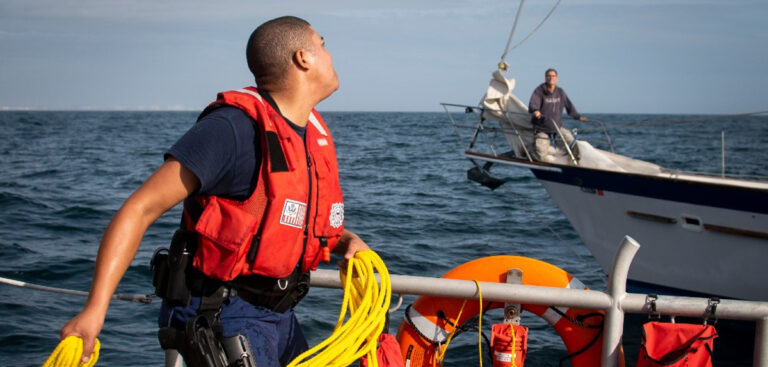Weather satellites operated by the National Oceanic and Atmospheric Administration (NOAA) helped save the lives of 421 people last year, the agency said.
Its polar-orbiting and geostationary satellites were used in search and rescue operations throughout the USA and its surrounding waters as part of a global tracking system.
The system, known as Search and Rescue Satellite-Aided Tracking System (SARSAT), uses a network of international satellites to detect and locate distress signals from emergency beacons onboard aircraft, boats and handheld personal locator beacons (PLBs).
Of the 421 US rescues in which SARSAT played a part 306 were water rescues, 38 were aviation incidents and 77 were rescues on land where PLBs were used, according to NOAA.
The US states with the most SARSAT rescues were Florida, with more than 100, followed by Alaska with more than 50. In Florida, the system helped lead to the rescue of six people saved from a sinking boat 20 miles east of Florida’s Sunny Isles after the beacon alert was picked up and an emergency response boat was dispatched to the scene.
Once a NOAA satellite locates a distress signal the data is transferred to the SARSAT Mission Control Center at NOAA’s Satellite Operations Facility in Suitland, Maryland.
The data is then relayed to rescue teams at the US Air Force in the case of land rescues or the US Coast Guard for water rescues. For distress signals picked up outside the USA, NOAA relays the data to its international SARSAT partners.
The system has so far played a role in more than 48,000 rescues worldwide since it first came on line in 1982.



